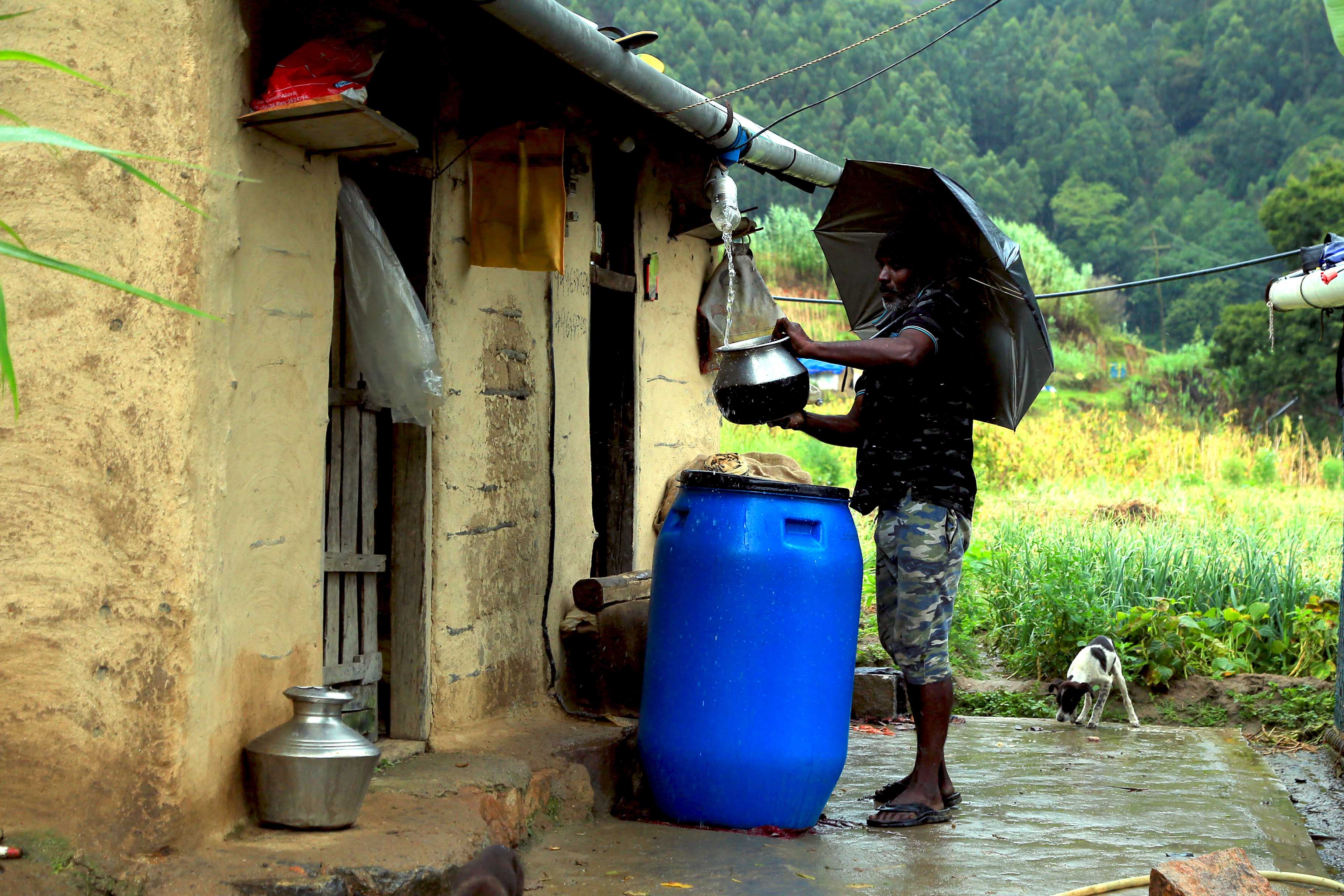Water Conservation: Start from your Home and Start Simple

This world is full of life and resources that helped us to create a civilization of prosperity. But often do we forget the fact that this world, was given to us, that we owe to the nature of this abundance. We go along with our lives being the selfish human, not realizing the fact we are digging our own grave. How long? Until we reach the point of utter desolation? Till the abundance of the resource becomes a scarcity? When living becomes surviving and every gasp of air, every drop of water down our throat becomes numbered?
According to the data received regarding the matter of scarcity, the most alarming among them is concerning water. It is listed in the World Economic Forum as the largest global risk that affects every continent. One-third of the global population (2 billion people) live under conditions of severe water scarcity at least 1 month of the year. Half of the world’s largest cities experience water scarcity.
It is high time that we start thinking about ways to conserve water. Not just as a society but more importantly as an individual. Seminars and awareness classes are available in plenty. What we need now is action. Where to start and how to start are the questions that make us all stumble. Here is the answer to that question: start from your home and start simple.
We will focus on the best things we can do. First and the topmost and the most famous one among them is:
1. Rainwater harvesting:
Accumulation and storage of water instead of letting it run off is called rainwater harvesting. It is one of the oldest and most useful methods of saving pure, chemical-free water. Water thus saved can be used for gardening, livestock, irrigation, etc. It can even be used as drinking water. Rainwater harvesting can be made possible in different ways. Ducts can be installed to catch rainwater along with filtering systems depending on the use, expansion of water reservoirs, ponds and canals, etc.
2. Protection of groundwater resources:
The groundwater contaminating sources are found in the forms of the septic tank, landfills, chemicals and road salts, atmospheric contaminants, etc. It is important that these contaminators be kept protected so as to keep the groundwater clean. Since groundwater replenishing takes several years of time we can't afford to let this happen. This contamination is unavoidable at times, so we have to take some preventive measures regarding the use of groundwater. Over-pumping can lead to the intrusion of saltwater, a decrease in groundwater, and even to the exhausting of lakes, rivers, etc. Excess usage of groundwater should be considered as a crime itself. Sustainable use of groundwater should be encouraged.
3. Reducing outdoor water use.
Lawn watering and car washing should be monitored. If possible losing the lawn would be most convenient. In areas with a dry climate, they promote Xeriscaping or natural landscaping, thus preserving groundwater.
4. Drip irrigation:
As the name suggests, irrigation concentrated on the root area of the plant drip by drip is called drip irrigation. It is one of the most efficient ways to water fields without any wastage. The main advantage of this method is that it reduces the loss of water created by water evaporation. Drip kits are available for different purposes like agriculture and gardening.
Following these methods will take us a step closer to saving humanity from the impending drought disaster that is bound to happen. Do we still have time? We don't know. But is it too late to change? We know the answer to that question. It is never too late. So, make your contribution to saving the world, let it be a small or a big step, every drop saved is one life saved!

